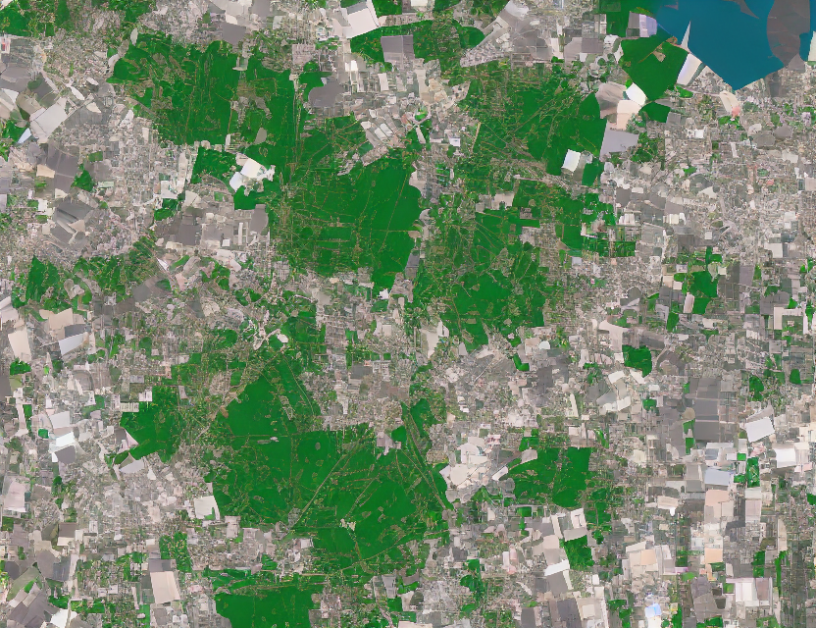What is Self-Supervised Learning?
SSL is a type of machine learning that allows models to learn from unlabeled data. The idea is to train a model on a task without using labeled examples, relying instead on the internal structure of the data itself. SSL has gained significant attention in recent years due to its ability to learn powerful representations without the need for large amounts of labeled data.
Applications of Self-Supervised Learning in Remote Sensing:
- Land Cover Classification: SSL can be used to train models for land cover classification, which is a crucial task in RS. By learning from unlabeled data, SSL algorithms can identify patterns and features that are indicative of different land covers, such as forests, grasslands, or urban areas.
- Cloud Removal: Another application of SSL in RS is cloud removal. By training a model on an unsupervised task, like denoising an image, the model can learn to remove clouds from satellite images, improving their quality and making them more useful for analysis.
- SAR Despeckling: Synthetic Aperture Radar (SAR) imaging is another important area of RS where SSL has been applied. SAR despeckling involves removing speckle patterns from SAR images, which can improve their quality and make them more suitable for applications like land cover classification or object detection.
Different Approaches to Self-Supervised Learning in Remote Sensing: - Generative Methods: Generative SSL methods involve training a model to reconstruct a corrupted image at the pixel level. This approach has been applied to RS data, where the corrupted images are created by downsampling or masking the original data. By learning to reconstruct the original image from the corrupted one, the model can learn useful features and representations.
- Predictive Methods: Predictive SSL methods involve training a model to predict a certain feature or property of an image. For example, in RS, predictive methods have been used to predict the relative positions of two patches of an image, which can help learn spatial features.
- Contrastive Learning Methods: Contrastive learning is a type of SSL that involves training a model to distinguish between positive and negative views of the same instance. In RS, contrastive learning has been applied to create an embedding space where similar images are close together, while dissimilar images are farther apart.
Conclusion
In conclusion, self-supervised learning has shown great promise in remote sensing by enabling machines to learn from unlabeled data. By applying SSL techniques like generative, predictive, and contrastive learning to RS data, researchers have been able to develop powerful representations that can be used for a variety of tasks, including land cover classification, cloud removal, and SAR despeckling. As the field of remote sensing continues to grow, it is likely that SSL will play an increasingly important role in extracting valuable insights from Earth’s surface imagery.



